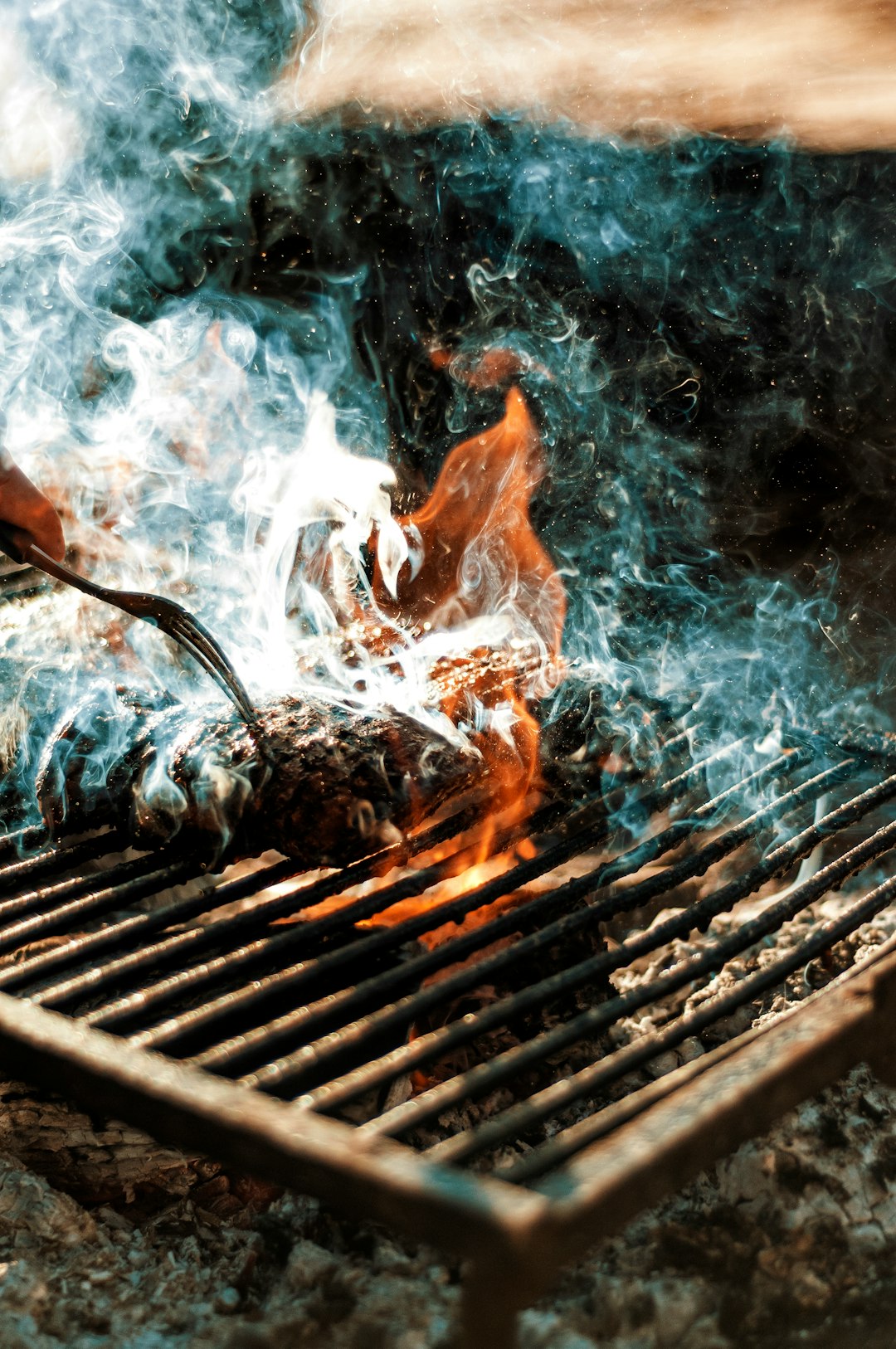Batch cooking can revolutionize the way that you do prepare meals and spend your time. By doing everything at once, you free up countless hours the rest of the week to do other productive endeavors. This will also ensure that you always have ready meals in case you or your family gets hungry. This will prevent you from ordering from fast food restaurants or taking other unhealthy paths to eating. Batch cooking can be tricky in the beginning as the large amounts of food can overwhelm you in the kitchen. Keeping everything in good shape while in storage is also an art. Consider the following tips:
Cook Semi-weekly for Freshness
Most types of food will stay fresh for a few days when stored in the fridge. You should consume them within three to four days. Otherwise, you might open the container and find the contents uninviting. Cook two times a week so that you can make a new batch before the previous one runs out. If you really want to cook just once a week, then put some of the items in the freezer section since this will prevent spoilage for a longer period. Just take out the items 24 hours before the intended consumption to defrost thoroughly. Some frozen meals may be reheated in a pot right away for better taste.
Keep Veggies Nice and Crisp
Chopped vegetables are great for healthy snacks. You can just slice carrots, cucumbers, and other favorites before placing them in the fridge. Get some every afternoon when you want something to munch on. You might notice that they dry up while inside. You can prevent this by placing the slices in water while in the fridge. This should keep this nice and crisp. As for placing vegetables in stir-fries and salads without getting soggy, consider blanching them instead of steaming. Put them in boiling water for one or two minutes and take out and rinse in cold water to stop the cooking process right away.
Label Everything to Avoid Confusion
Big batches of meals prove to be confusing. Sometimes you end up with piled up containers that you forget which ones to consume now and which ones to save for later. Help yourself by adding a label to everything. Write the type of dish, the date of cooking, and target date of consumption. This is particularly important when dealing with frozen meals because it will be hard to recognize items once they are covered in ice.







